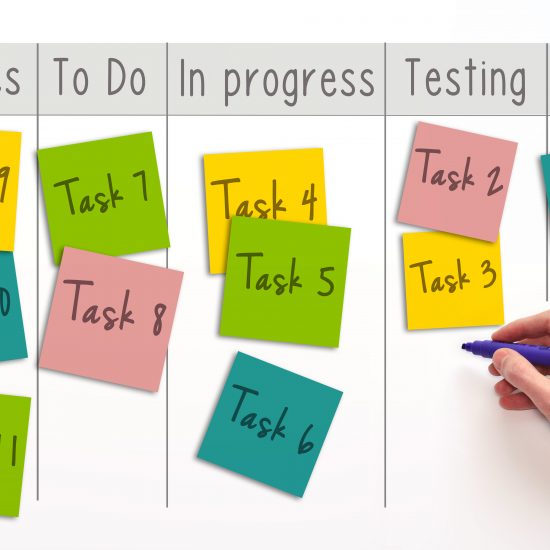Diving into Agile Product Ownership can feel like stepping into a whirlwind of responsibilities. One of the biggest challenges? Effective communication with stakeholders. But fear not! With some straightforward strategies and a bit of practice, you’ll be a pro in no time.
First off, avoid the trap of over-promising. It’s tempting to want to say “yes” to everything, but realism is your best friend here. Setting unrealistic expectations can lead to disappointment and rapidly erode trust. Instead, focus on setting achievable goals and timelines. A dose of honesty works wonders.
Now, let’s talk about updates. Stakeholders love to be in the loop, and establishing a routine for regular updates keeps them informed and engaged. This can help prevent misinformation and gossip from spreading like wildfire. It doesn’t have to be overly formal—a simple, consistent update can go a long way.
Don’t forget about feedback. Creating clear, open channels for stakeholder feedback is crucial. This fosters a collaborative environment and points the way to continuous improvement. Suggestions from stakeholders can often reveal insights you might not have thought of.
Communication isn’t one-size-fits-all. Stakeholders come from diverse backgrounds, each with different needs. Tailoring your style and content can make a real impact. It shows respect and understanding, which is key to effective communication.
Tough challenges pop up from time to time. Being transparent about these is important. Stakeholders value honesty and it often opens the door for additional support or solutions.
Then there’s the tricky business of prioritization. Clearly communicate why certain items are at the top of the backlog. This aligns stakeholder expectations with product goals and quells any potential confusion.
Building rapport with stakeholders is just as important as anything on your to-do list. Take the time to foster relationships, as a strong rapport can enhance communication effectiveness and mutual understanding. These relationships are your foundation.
Active listening isn’t just a buzzword; it’s a vital part of your toolkit. It ensures stakeholders feel heard and valued. This not only leads to more productive collaborations but also builds trust over time. Put yourself in their shoes and pay close attention to their concerns.
Keep things consistent. Mixed messages create chaos. By maintaining consistency in your messaging, you help steer clear of confusion and promote a unified understanding of the product vision and progress. A clear and steady narrative builds confidence in your leadership.
Finally, approach every interaction with empathy and patience. Remember that stakeholder engagement is a process, one that requires time and care. Every conversation is a step towards a stronger relationship, and a bit of kindness and understanding goes a long way.
The world of stakeholder communication in Agile might seem challenging at first, but with these tips, you’re well on your way to mastering it. Embrace these insights, and avoid common pitfalls. This journey is all about building strong, trusting relationships—something that empowers both you and your stakeholders to move forward with confidence and clarity. So, go on, take these steps, and watch your stakeholder engagement flourish.


